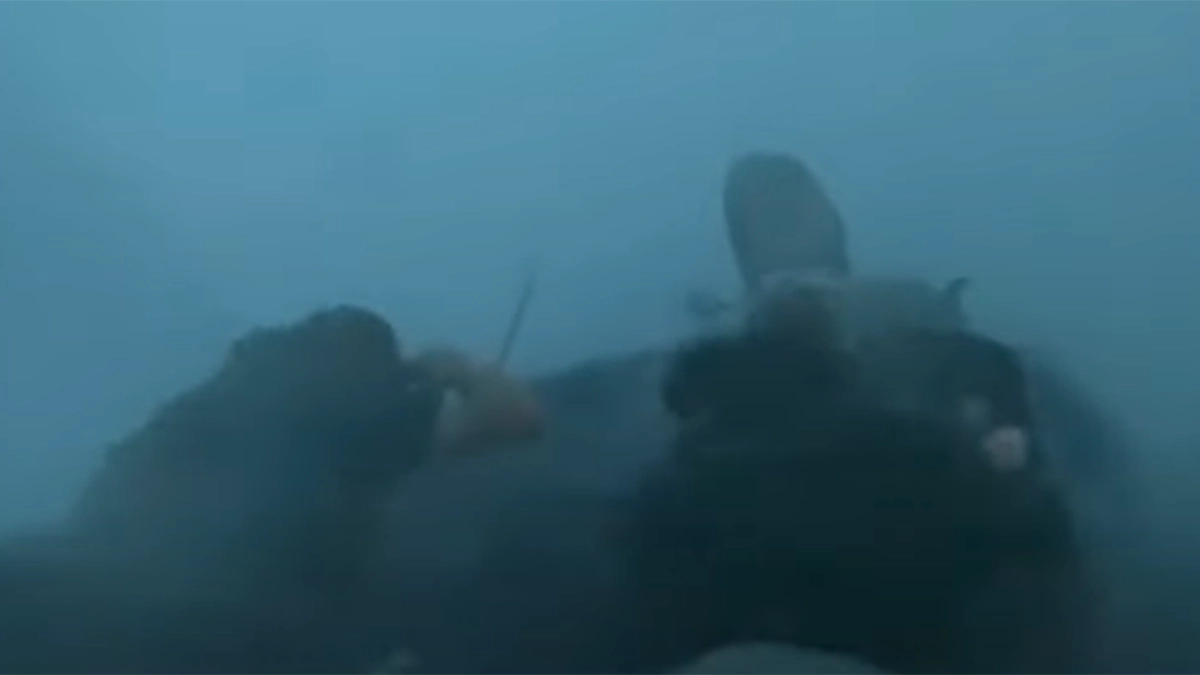Whether you’re an angler or a recreational boater, safety on the water is paramount. You must make sure your vessel is in good working order, that you have all necessary safety equipment such as life jackets and fire extinguishers, and be sure to avoid any incoming tornadoes.
That’s a simple set of rules to follow, but a group of anglers from Chambers County, Texas, ended up with their bass boat ravaged by a tornado — and the whole thing was caught on video.
Brian Johnson, his friend Tony, and dog Sam were fishing Standolin Reservoir in Chambers County, Texas on Saturday, December 28 when they encountered the twister. You can see it coming clearly in the since-deleted video on Brian Johnson’s YouTube page, with Tony announcing the presence of the inbound weather system. Shortly after, he received a notification about the incoming EF-3 tornado on his cell phone.
Despite the warning, Johnson seemed unfazed. The trio went about their business until the storm system was just about right on top of them, at which point they ran for the shallows. The group attempted to anchor their boat near shore, but the 138 mph winds overturned the vessel.
Fortunately, the group made it through the surreal event relatively unscathed. The same can’t be said about Johnson’s boat, which was totaled.
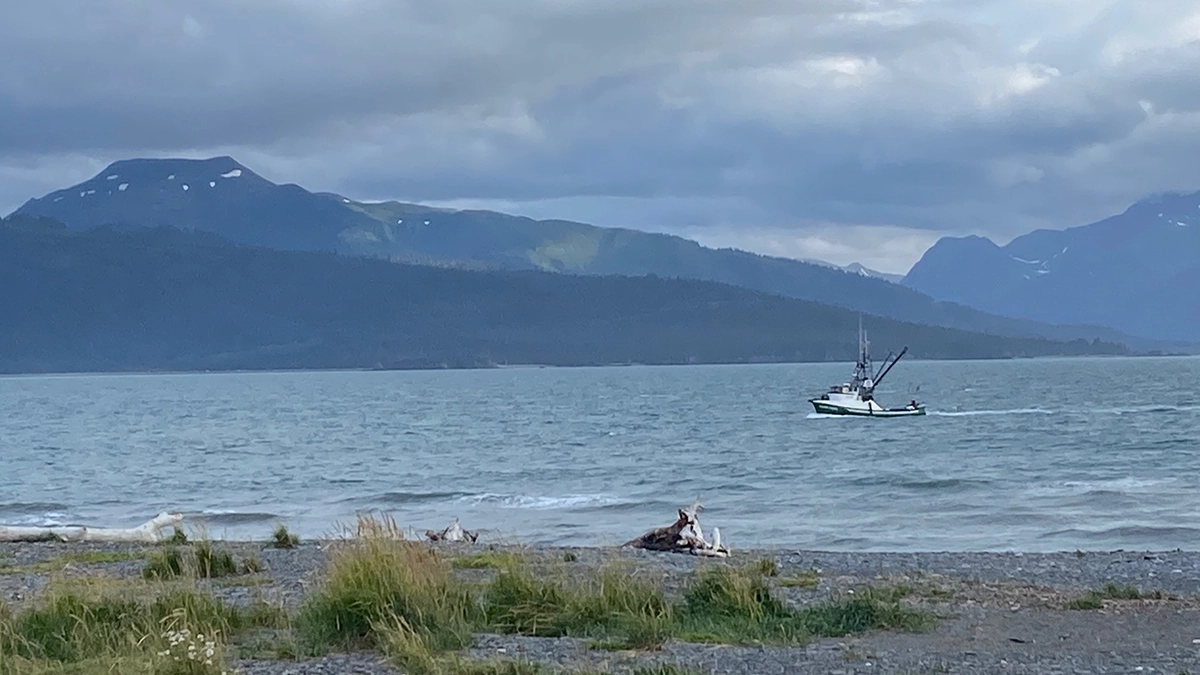
Expect the Unexpected
Weather can change suddenly, as clearly illustrated by this freaky event. Anyone that spends enough time on the water has their share of brushes with Mother Nature. I know I’ve had a few in my day.
When I first started dating my wife, we were out on my 18-foot center console when the sky suddenly turned green. In our part of the country, that (usually) means hail, not tornadoes. Nevertheless, I cracked the throttle and raced toward the barn as quickly as I could. The September sky let loose chunks of ice the size of pebbles; I told her to take cover behind me. As we raced headfirst into the pelting hail, she asked how I was so calm.
I recounted the tale of the time I was returning from survey duty on the outer reaches of Alaska’s Prince William Sound. We had refueled at a cache not far from the Gulf of Alaska, which should have left us with just enough juice to reach port in Valdez. Should have. As I piloted the 25-foot Boston Whaler up into the Valdez Arm, the wind went hard NNE. I pushed the Whaler up and over the swells created by the 50 mile per hour winds with a careful hand on the throttle. Water came over the bow repeatedly, and we eventually made it to our berth with the high-water bilge alarm screaming the entire way. We also coasted in on fumes, as the added throttled required drained our tanks.
I told her about the time water somehow got in my gas tank, and the 5-horse that was powering the feather-edge sneakbox I was duck hunting out of wouldn’t roar back to life after my bag was filled. As a result, I poled, shoved, and walked about six miles back to the ramp through knee-to-waist-deep salt marsh in a relentless 30 mph NNW gale. When I finally reached the ramp, I was cold and wet having gone over the top of my waders a few times on my journey, but no worse for the wear.
These incidents gave me plenty of confidence in my abilities on the water. But it is the hubris of captains that gets people killed, so I tried to take as many lessons from them as I could.
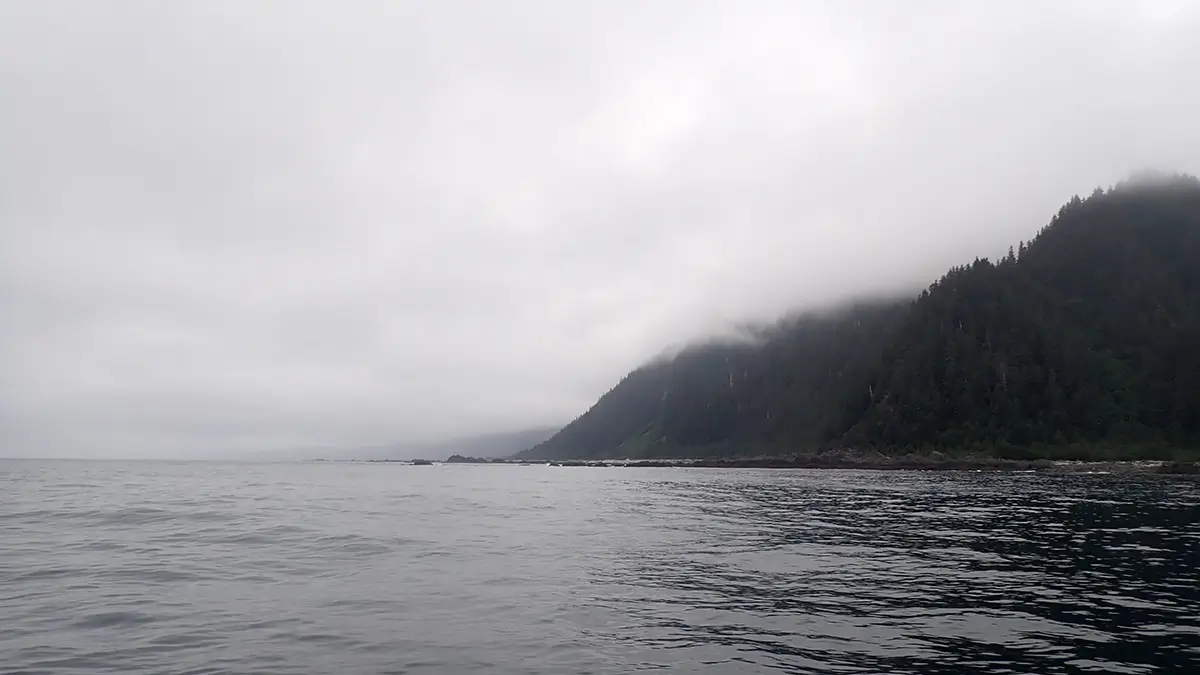
Be Prepared
As you’ve seen, I’ve been lucky when it comes to rough weather, but it should be noted that fortune favors the prepared. Each of the above situations, and many more like it, have impressed upon me how unforgiving waves and wind can be. Safety has always been my primary consideration every time I take to the water, whether that be a casual float tube trip in a tiny backcountry pond or an offshore tuna fishing trip.
I learned a lot as a motorboat operator, and later as a motorboat operation instructor, during my time working for various agencies in the Department of the Interior.
Before the days of smartphones, I monitored weather band carefully before every trip, particularly if I was going to venture outside the relative safety of the bay. Even to this day, I have a hardwired radio capable of pulling wX in my truck, and carry at least a handheld ship-to-shore radio. I check the extended forecast, and look at the radar. If there’s a chance of bad weather coming my way, I make other plans. I’d rather fish from shore than lose a vessel.
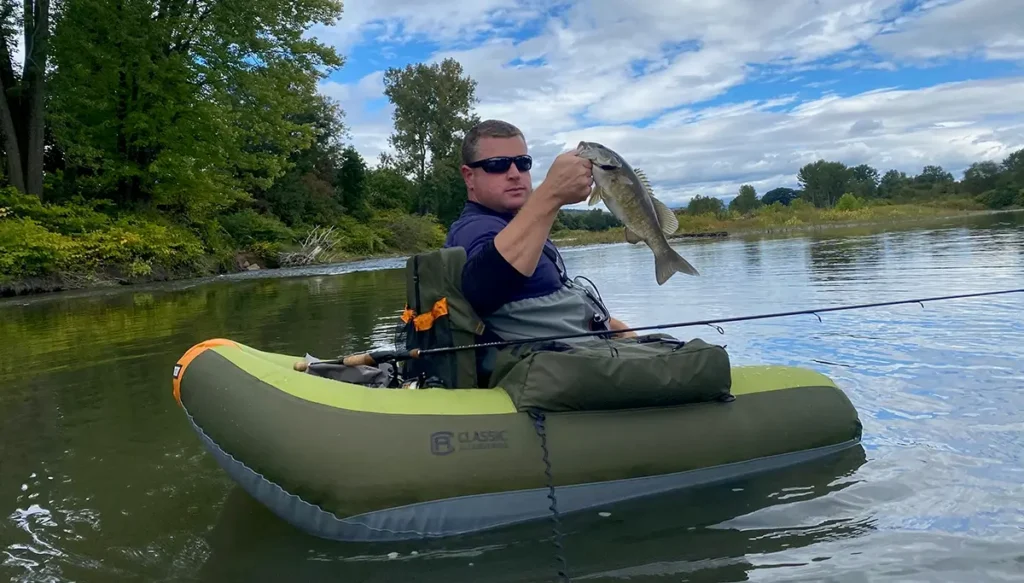
Have a Plan — or Two
Like many anglers, I don’t like sharing my whereabouts — who wants too much company on a hot bite? But I make sure to leave a plan with someone I trust, detailing where I plan to launch and retrieve my boat, the approximate whereabouts of where I’ll be fishing, and when I plan on returning. If I don’t check in around that time, they know to alert authorities, and have a good sense of where to start looking. I’ll even turn location sharing on my phone on when I run deep into some of my duck holes.
In addition to your scheduled itinerary, you should always have an all-contingency plan: aka Plan B. Know places that you can go ashore or tie your boat up if the weather turns. Examine charts to find spots where you can hide from the wind, in whichever direction it might be blowing. Plot potential courses to other docks or ramps in the event of bad weather.
Ship Shape
My boats have all their maintenance up to date, and I go over them in detail before they get splashed — every time. This includes predawn missions; I’ll be looking them over from bow to stern by headlamp for anything amiss. Oh, and the drain plug. Can’t forget the drain plug.
Each of my vessels are outfitted with an assortment of spare parts. These can include new fuel filters, shear pins (yeah, some of my outboards are that old), and sometimes even manual bilge pumps. There’s a handful of tools onboard as well; enough to make minor repairs. As the adage goes, I’d rather have it and not need it, than need it and not have it.
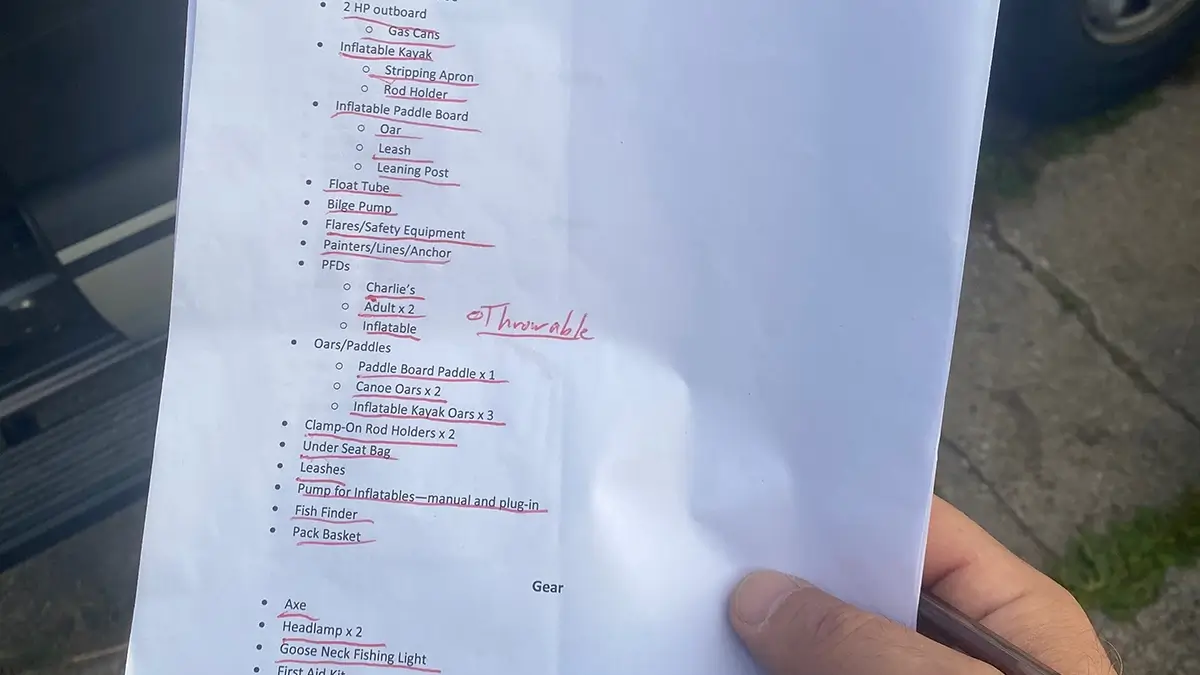
Safety Gear
For boats ranging from 16 to 26 feet, the Coast Guard requires one Type I, II, III, or V Personal Flotation Devices (PFD) per person, plus one Type IV throwable; a marine fire extinguisher; at least three daytime and three nighttime or three day/night combination signaling devices (can be pyrotechnics or an orange distress flag for day and an electric SOS signal light for night use); and a horn or whistle. This is just the minimum. Feel free to carry more, tailored to your unique circumstances. And I consider a first aid kit mandatory.
I make a point to wear my PFD, particularly in rough weather. With the advent of self-inflating models that you don’t even notice when on and comfortable float coats, there’s no reason not to. Don’t forget the kill switch lanyard, either. If you fall off, you don’t want the boat running away from you. I also have an extra lanyard onboard in the event that I do go over; anyone left on deck can start up and come get me.
I stash a waterproof ditch bag containing extra layers, space blankets, and both audio and visual signaling devices in each boat I use. Typically, I attach a water-activated LED light so I can find it quickly in the dark if things go sideways. Synthetic clothes, a surplus wool blanket, glow sticks, an additional first aid kit, whistles and flares round out the contents. If I go in the drink, this bag should be able to provide what I need until the authorities arrive.
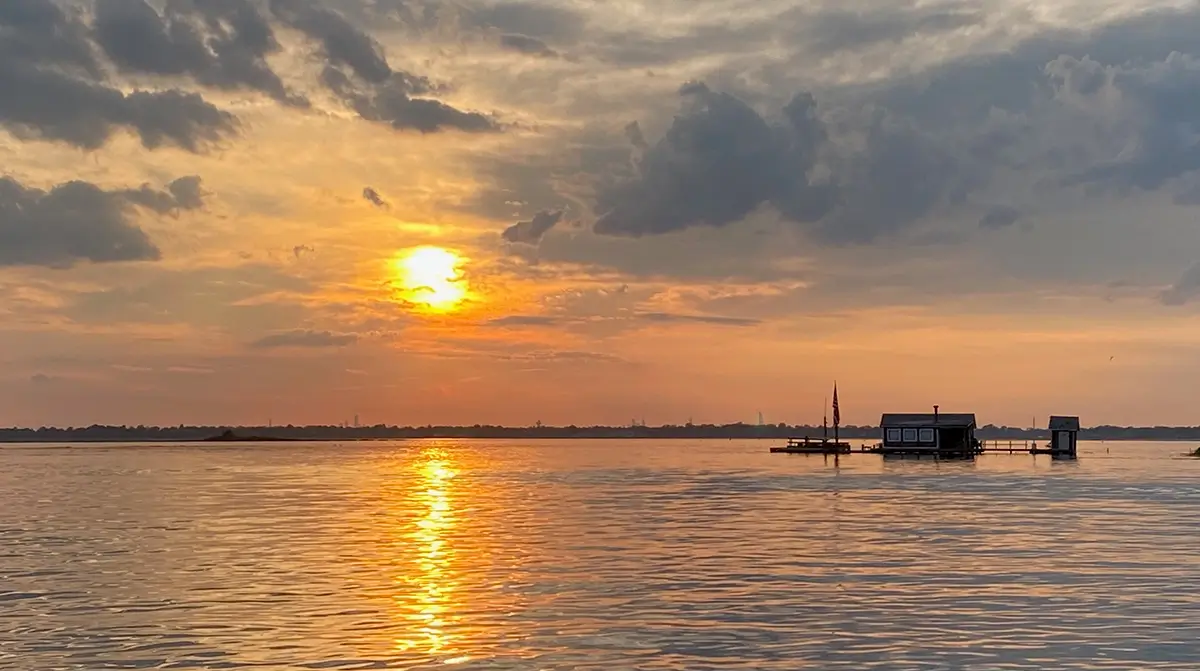
Have Fun Out There
Despite all this, boating is an overwhelmingly safe pastime. Accidents affect a small fraction of the vessels registered, and have been trending downward recently. Follow the above advice, consider taking a safe boating class if you haven’t done so, and go catch some fish.


